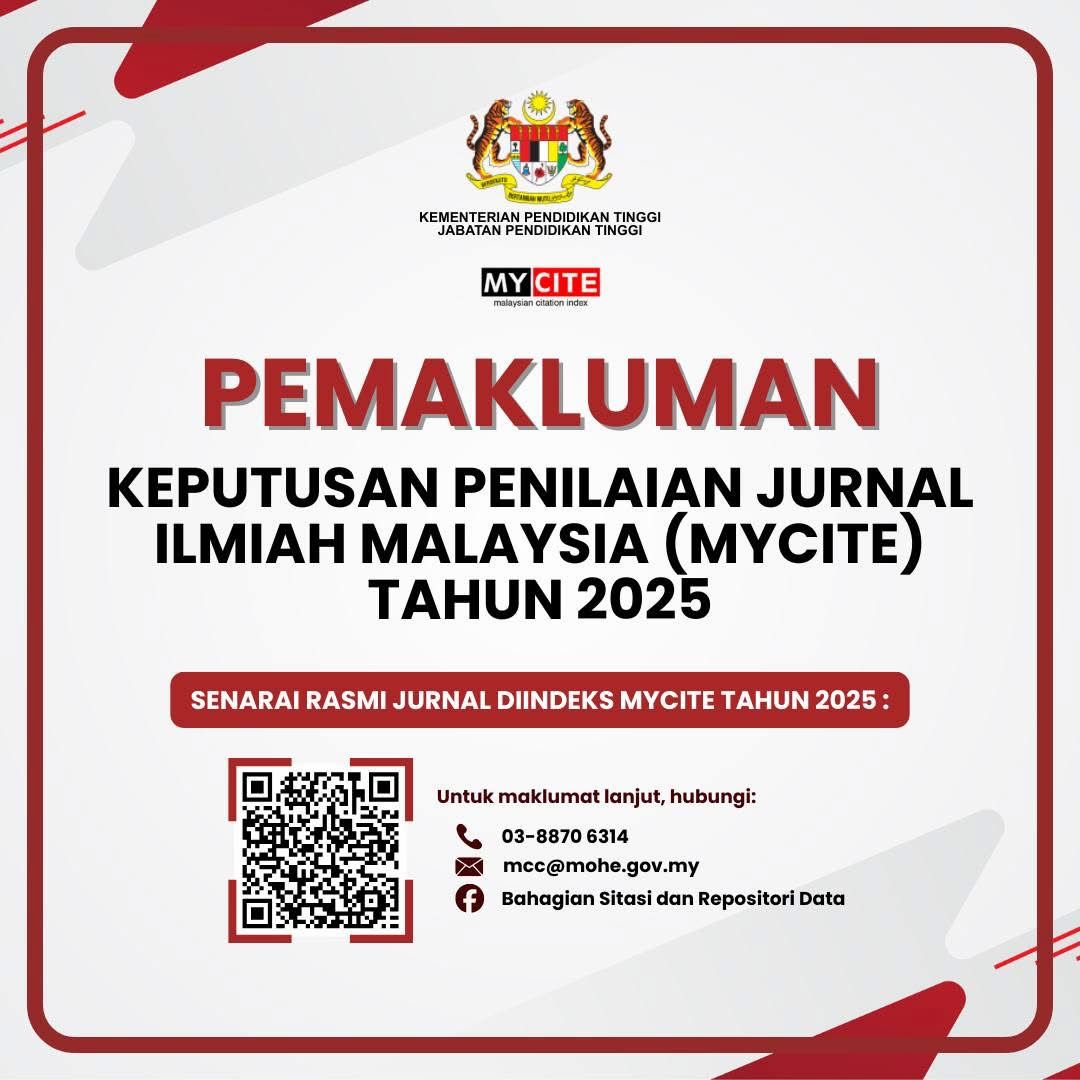Improving Students Learning Approach in Mathematical Thinking through Constructivist Learning Approach with Creativity for Architecture Students
DOI:
https://doi.org/10.24191/idealogy.v3i2.67Keywords:
Constructivist learning approach, Creativity in Mathematical Thinking, Experimental Study for Architecture StudentAbstract
The purpose of this research is to measure the effectiveness of constructivist learning approach in
structural study specifically for architecture students. Theoretically, improving student’s performance
in mathematics is challenging for today education. In architectural education, structural study is part
of the non- design courses in the syllabus under the area of technology and environment and it involve
in mathematical calculations. In the context of typical classrooms that adopt conventional teaching
method, students are usually taught using structured rules based on the given academic syllabus.
However, teaching architecture students need a different approach. This is because architecture
students learn by understanding the application into practice rather than by only solving the principleproblem.
Purposive sampling which is the Torrance Test of Creative Thinking (TTCT) was selected as
the method of the study and teaching experiment was conducted. In the experimental structural design,
26 groups of architecture students were tested based on two situations; pre-test (original) and post-test
(change), and tests are conducted according to the stages and times set for each topic. The experiment
was designed based on the Constructivist learning approach as foundation of the experiment to study
the mathematical creativity of the students. The findings show that there are positive impacts on
creativity in the subject of structural study which beneficially affects their understanding and
application abilities. Further research needs to done to ensure this beneficial outcome can be greatly
support students’ long-term retention of knowledge and skills.
Keywords: Constructivist learning approach, Creativity in mathematical thinking, and Experimental
study for architecture students
References
38(1), 34-35.
Ervynck, G. (1991). Mathematical creativity. Advanced mathematical thinking, 42-53.
Idris, N., & Nor, N. M. (2010). Mathematical creativity: usage of technology. Procedia-Social and
Behavioral Sciences, 2(2), 1963-1967.
Inan, C. (2013). Influence of the Constructivist Learning Approach on Students' Levels of Learning
Trigonometry and on Their Attitudes towards Mathematics. Hacettepe Üniversitesi Eğitim Fakültesi
Dergisi, 28(28-3).
Jarmon, L., Traphagan, T., & Mayrath, M.C. (2008). Understanding project-based learning in Second
Life with the pedagogy, training and assessment trio. Education Media International 45(3), 157–176
Jonassen, D.H. (1992). Evaluating constructivistic learning. In T.M. Duffy & D.H. Jonassen (Eds.)
Constructivism and the technology of instruction: A Conversation (pp. 137–148). Hillsdale, NJ:
Lawrence Erlbaum Associates.
Kim, J. S. (2005). The effects of a constructivist teaching approach on student academic achievement,
self-concept, and learning strategies. Asia pacific education review, 6(1), 7-19.
Laal, M., & Laal, A. (2012). Challenges for Lifelong Learning. Procedia - Social and Behavioral
Sciences, 47, 1539–1544. https://doi.org/10.1016/j.sbspro.2012.06.857
Laycock, M. (1970). Creative mathematics at Nueva, Arithmetic Teacher, 17, 325-328
Nadjafikhah, M., Yaftian, N., & Bakhshalizadeh, S. (2012). Mathematical creativity: some definitions
and characteristics. Procedia-Social and Behavioral Sciences, 31, 285- 291.
Nayak, D. K. (2007). A Study on Effect of Constructivist Pedagogy on Students’ Achievement in
Mathematics at Elementary Level. National Institute of Open Schooling, MHRD, Noida.
Wilson, B. G. (1995). Metaphors for instruction: Why we talk about learning environments. Educational
Technology, 35 (5), 25-30.
Yager, R. E. (2000). The Constructivist Learning Model. Science Teacher, 67(1), 44- 45.
Zanzali, N. A. A. (2000). Designing the mathematics curriculum in Malaysia: Making
mathematics more meaningful. Universiti Teknologi Malaysia, Skudai.
Downloads
Published
Issue
Section
License
UiTM Press (the Publisher) has agreed to publish the undersigned author’s paper in Idealogy Journal. The agreement is contingent upon the fulfilment of a number of requirements listed below.
1. The undersigned author warrants that the paper entitled below is original, that it is not in any way libellous or unlawful in Malaysia, that it does not infringe any copyright or other proprietary right. The undersigned hereby represents and warrants that he/she is the author of the paper, except for material that is clearly identified as to its original source, with permission notices from the copyright owners where required. The undersigned represents that he/she has the power and authority to sign and execute this agreement.
2. The undersigned author warrants that the paper entitled below has not been published elsewhere, and also it will not be submitted anywhere else for publication prior to acceptance/rejection by this Journal.
3. By submitting the paper entitled below, the undersigned author agrees to transfer the rights to publish and distribute the paper in an international e-journal (entitled above) to Publisher.
4. The undersigned author agrees to make a reasonable effort to conform to Publisher's submission guidelines and to liaise with the editor to ensure that the requirements of these guidelines are met to a reasonable degree.
5. The corresponding author signs for and accepts responsibility for releasing this material on behalf of any and all coauthors. This agreement is to be signed by at least one of the authors who has obtained the assent of the co-author(s) where applicable. After submission of this agreement signed by the corresponding author, changes of authorship or in the order of the authors listed will not be accepted.



